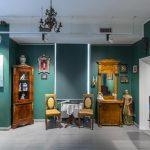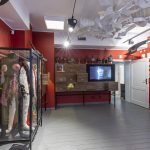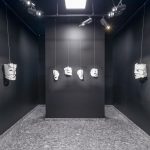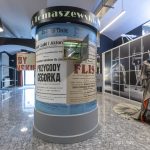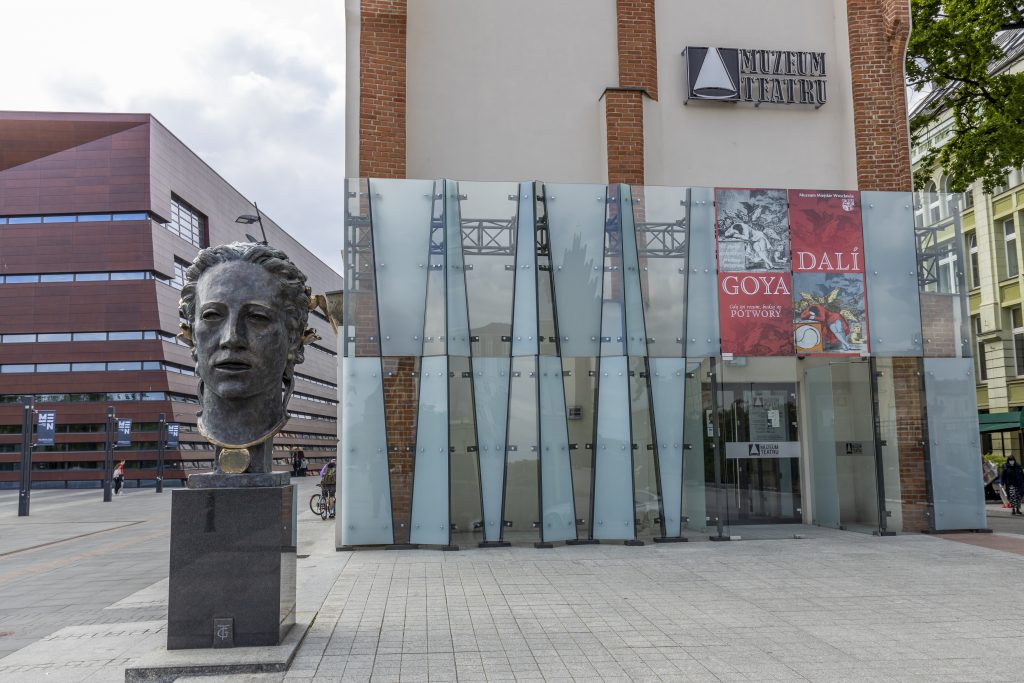
Tytuł projektu: Przebudowa budynku skrzydła Pałacu Królewskiego we Wrocławiu
Beneficjent: Gmina Wrocław
Wartość projektu: 4,2 mln zł
Dofinansowanie z UE: prawie 2,6 mln zł
Plac Wolności to jedno z najbardziej reprezentacyjnych miejsc stolicy Dolnego Śląska, gdzie swoje siedziby mają Opera Wrocławska, Narodowe Forum Muzyki czy Muzeum Teatru. Jeszcze kilkanaście lat temu kwitł tu handel – zapewne wielu wrocławian pamięta targowisko, na którym można było kupić wszystko, a zamiast pięknej promenady straszył zaniedbany park.
Do tego, że dziś to miejsce stało się wizytówką miasta przyczynił się znacznie remont Pałacu Królewskiego, w którym od 2009 roku mieści się Muzeum Miejskie Wrocławia. Historia budynku jest bardzo ciekawa i sięga początku XVIII wieku, gdy niemiecki baron, Gottfried Spaetgen, urządził tu swoją rezydencję. Po jego śmierci król pruski, Fryderyk II, odkupił skromny barokowy pałac od spadkobierców i nadał mu status rezydencji królewskiej. Tym samym Wrocław stał się trzecią – po Berlinie i Królewcu, stolicą Prus. Kolejni królowie rozbudowywali siedzibę, zmieniali jej wystrój i charakter, lecz największe zmiany zaszły w XIX wieku, kiedy to na rozkaz Fryderyka Wilhelma IV dobudowane zostało nowe skrzydło i całkowicie zmienił się widok dziedzińca.
Wojenne lata nie były dla okazałego kompleksu łaskawe, znaczna część obiektu uległa zniszczeniom. Odbudowano go tylko częściowo, ale podejmowane na przestrzeni dziesięcioleci remonty i modernizacje małymi krokami pozwalały odzyskać dawną świetność. Przebudowane kilka lat temu przy pomocy funduszy unijnych skrzydło pałacowe zakłada wykorzystanie pięknych przestrzeni na cele kulturowe i turystyczne. I tak też się stało. Wnętrza pozwalają na organizowanie wystaw, zajęć edukacyjnych oraz różnorodnych wydarzeń kulturalnych. Metamorfozę przeszłą też strefa wejścia do obiektu, a dodatkowo zabytek stał się przyjazny dla osób z niepełnosprawnościami.
W budynku działa Muzeum Teatru im. Henryka Tomaszewskiego. Muzeum również powstało przy znacznym udziale środków unijnych.
Project title: Reconstruction of the Royal Palace wing building in Wrocław
Recipient: Wrocław Municipality
Project value: 4.2 million PLN
EU funding: nearly 2.6 million PLN
The Royal Palace – a showcase of the capital of Lower Silesia
Wolności Square is one of the most representative places in the capital of Lower Silesia, where Wrocław Opera, the National Music Forum and the Theatre Museum have their seats. A dozen or so years ago, trade flourished here – probably many Wrocław citizens remember the market, where you could buy everything, and instead of a beautiful promenade, a neglected park haunted it.
The renovation of the Royal Palace, which since 2009 houses the City Museum of Wrocław, has contributed significantly to the fact that today this place has become a landmark of the city. The history of the building is very interesting and dates back to the beginning of the 18th century, when the German baron, Gottfried Spaetgen, arranged his residence here. After his death, the Prussian King Frederick II bought the modest baroque palace from his heirs and gave it the status of a royal residence. Thus, Wrocław became the third capital of Prussia, after Berlin and Königsberg. Successive kings expanded the palace, changed its décor and character, but the biggest changes took place in the 19th century, when by order of Friedrich Wilhelm IV a new wing was added and the view of the courtyard changed completely.
The war years were not kind to the magnificent complex, much of it was destroyed. It was only partially rebuilt, but the renovations and modernisations undertaken over the decades allowed it to regain its former glory in small steps. The palace wing, rebuilt a few years ago with the help of EU funds, assumes that the beautiful space will be used for cultural and tourist purposes. And so it has been done. The interiors allow for the organisation of exhibitions, educational classes and various cultural events. The entrance area has also undergone a metamorphosis, and the monument has also become friendly to people with disabilities.
The Henryk Tomaszewski Theatre Museum operates in the building. The museum was also created with significant EU funding.
 Szukaj
Szukaj









